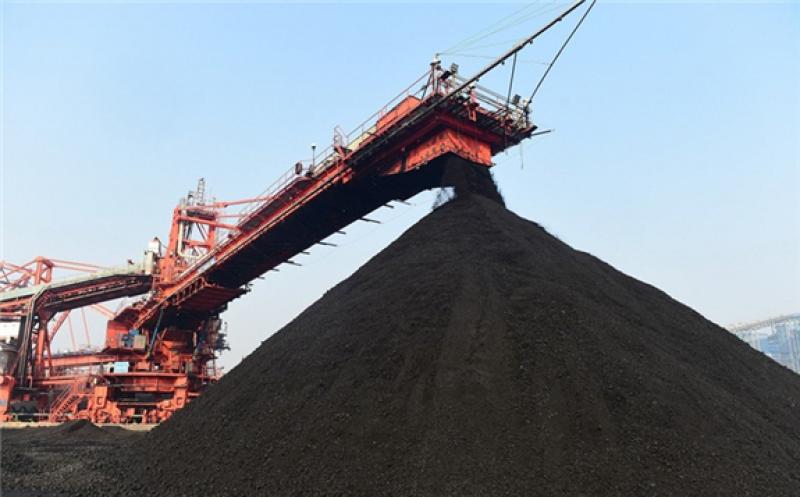 The change in the power generation mix was driven by China’s wind power capacity rising by 178 per cent, its solar energy capacity by 60 per cent and its hydropower capacity by 217 per cent, the report from Fitch Ratings said. Photo: Xinhua
The change in the power generation mix was driven by China’s wind power capacity rising by 178 per cent, its solar energy capacity by 60 per cent and its hydropower capacity by 217 per cent, the report from Fitch Ratings said. Photo: Xinhua
“We expect the share to fall by at least 3 percentage points year on year in 2021, as China pushes towards carbon neutrality and renewables addition stays strong.”
The change in the power generation mix was driven by China’s wind power capacity rising by 178 per cent, its solar energy capacity by 60 per cent and its hydropower capacity by 217 per cent, the report said.
The overall contribution from coal is not likely to drop quickly in the short term, but it is expected that the number of non-fossil fuel installations will continue to rise steadily this year.“Generation [capital expenditure] in 2020 was dominated by investments in non-fossil fuel, including 61.7 per cent in wind, solar and biomass, 20.5 per cent in hydro and 7.2 per cent in nuclear,” they said.“This will translate into installations in the short to medium-term, depending on the construction period of various types of plants.”Coal remains a key raw material for power generation, and while China is in lockstep to create more non-fossil fuel power capacity, it will not be able to remove all coal-dependent producers in the near to medium term.
“It took China eight years to scale down its coal-fired capacity in its fuel mix from 66 per cent as of the end 2012 to below 50 per cent as of the end of 2020, and the drop in 2020 was largely attributable to the aggressive wind power installations, driven by connection deadlines to secure subsidies. Such aggressiveness is unlikely to sustain in 2021,” Xia and Chen told the South China Morning Post.The power blackouts in China in December, in particular, ruled out any chance of it phasing out coal-fired capacity too quickly, they added.
The blackouts, which were resolved in early January, were driven in part by the ban on Australian coal imports taking effect in October, and local coal from the provinces Shanxi and Shaanxi being unable to make up the shortfall.
Aside from a coal supply shortage, the pressure to curb carbon dioxide emissions and gas supply constraints that prevented gas-fired power plants from providing replacement energy also contributed to the power disruptions.
A few provinces have instead extended the operational life of certain coal-fired plants with heating functions beyond the planned life period recently, Xia and Chen said.
There is, however, still no sign of the ban on Australian coal imports being lifted, according to coal analysts, with China Customs data showing Chinese coal imports from Australia fell to zero in December.
Diversified Anglo-Australian miner BHP also said during the release of its half-year results this week that it was not expecting the ban to be lifted any time soon.
Another listed Australian miner, Aurizon, also said as it released its results this week that “the challenging trade environment with China will continue to impact its near-term export volume”.
The Chinese import restrictions for Australian coal have continued to cause an upheaval in the seaborne coal market, Australian miner Whitehaven also said during its results announcement.Even though Whitehaven does not have direct exposure to the Chinese market, it observed a lot of re-routing of coal, with Australian coal normally destined for China being sent to the likes of India, Pakistan and the Middle East, while coal originally intended for those countries being instead sent to China.